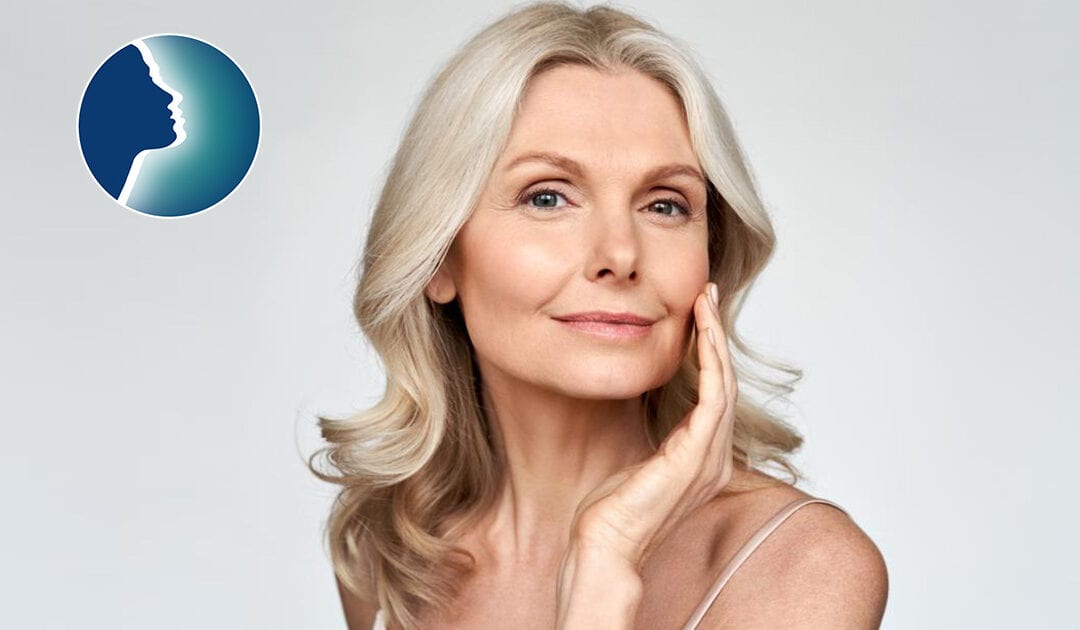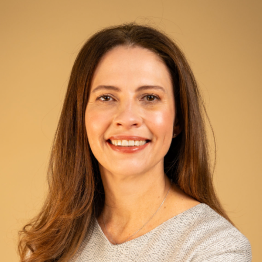So how does it affect your facial appearance?
These age-related changes beneath the surface of the skin can make you look older more prematurely. Between the ages of 25 to 30, people reach their peak bone mass and by 40 it starts to deteriorate. Your body reabsorbs calcium and phosphate, instead of keeping it in your bones, making them weaker and when this process reaches a certain stage it’s called osteoporosis, which may lead to fractures and injuries.
Factors that contribute to bone loss include a low calcium diet, lack of exercise, smoking, and taking corticosteroids which are often used for disease processes such as asthma, bowel disease or lupus. The sources of calcium that you can replace in your diet include; milk, cheese, dairy foods, green leafy vegetables, soya beans and soya drinks, nuts and bony fish such as sardines.
Calcium, Vitamin D and Omega 3 supplements are always a really good idea to improve your bone strength, however, your bones are just one layer of your facial structure that deteriorates with age.
The next layer is the muscles and muscle loss or wastage with age is called sarcopenia. Muscle deterioration is a natural process, however, a sedentary lifestyle can accelerate deterioration of skeletal muscle mass, which are the muscles that attach themselves to your bones that start to deteriorate.
These changes start to occur in your 30s and rapidly accelerate through your 40s and 50s, leading to sagging, flabby, creepy facial features. These changes can be accelerated by disease or medications, but this layer is the easiest to build up by simply getting off the couch. A sedentary lifestyle and the TV are your worst enemies and the longer you stay active, mobile and flexible with your joints, the longer you will enjoy life.
Muscles take longer to react in your fifties, to the spread or transmission of impulses from your brain to your muscles, so you can’t respond as quickly and more injuries occur. Your heart muscle also becomes less able to propel large quantities of blood around your body. Our tendons tighten with age, this is the tissue that attaches the muscle to the bone, they become stiff and less able to tolerate stress as they lose water content leading to injury.
The next layer that has a significant effect on your appearance is the fat pads in your face, as they diminish and sag with age or weight loss.
The upper and middle third of your face loses structure and fullness and the lower third becomes heavy in appearance. When the fat pads are depleted, the skin begins to sag, you look hollow and wrinkled due to the loss of fullness. Fat pads in the upper face atrophy, waste away with age and the lower face hypertrophy become fuller, changing the triangle shaped face of youth into an aged, heavy, square looking face.
The deeper fat pads in the cheeks reduce in size and then cease to support the more superficial fat pads on the surface of the skin, and as they sag, the face loses its structure. The fat accumulates in the lower areas of the face and the skin loses its elasticity.
The other things that can occur are the eyebrows and eyelids start to droop, the wrinkles and lines become more obvious, as the underlying support structure collapses. Volume is lost under the eyes which makes you look tired, temples and cheeks become hollowed, which were previously hidden under the fat pad, now exposing the bony rims of your eyes, which is really ageing to your face.
The tip of the nose, and the nasolabial folds or the nose to mouth lines, become deeper as the cheek sags with heaviness, increasing these lines, the lips straighten, turning down with age and forming sad lines or marionette lines. The jowl sags, the jawline sags, jowls form at the front of your face leading to a turkey neck appearance. The loss of volume doesn’t occur evenly on both sides of our face, forming an enhanced asymmetrical appearance.
Facial features are not even on both sides to begin with, however, the loss of volume with age often exaggerates this. A saggy eyelid on one side or a saggy cheek on one side, and not the other, can be very upsetting and as the skin changes, these are the most visible signs of ageing, then the evidence of fine lines, deep wrinkles, white or grey hair.
Your skin is the largest organ in your body, it houses the nerve receptors that allow you to touch and feel pain plus also helps your body maintain its fluid and electrolyte balance. It’s susceptible to all the environmental pressures we put it under, such as sun exposure, sunbaking, smoking exposure, bacteria from make-up, toxins, radiation and we expose it to poor nutrition and periods of alcohol excess. And yet it STILL protects us from all of this, it really is amazing.
The skin is the first part of our body to sustain injury. To heal a wound, it protects us from the environment and it controls our body’s temperature.
The three main layers of the outer part of the skin;
The epidermis, which contains pigment cells and proteins, the middle part is the dermis, which contains skin cells or blood vessels, nerves, oil glands and provides nutrients to the epidermal layer and the inner layer the dermis which houses the sweat glands, blood vessels and the fat pads.
The ageing process makes the outer layer of the skin, the epidermis, thin, the number of pigment containing cells, the melanocytes decreases, so with ageing, the skin looks thinner, paler, clearer or more translucent. The connective tissue reduces, and the skin’s strength weakens, the blood vessels become more fragile, leading to and bruising under the skin and sebaceous glands produce less oil, leading to dry itchy skin.
Subcutaneous fat layers decrease, leaving you more susceptible to skin injury as you are more exposed to environmental temperatures. As the skin ages, skin growths appear, such as skin tags, warts, brown patches from sun damage, hormones and rough patches of skin.
The ageing process cannot be avoided, however, there are things we can do, to improve skin elasticity.
A good skincare regime will improve your overall firmness, collagen and elastin levels, to support the underlying fat pad changes. It is always a good idea to maintain good hydration and full sun protection, and not smoking will reduce the effects of ageing prematurely.
There are many anti-ageing treatment options.
In the past people chose to go under the knife adopting a more surgical approach to facial rejuvenation, however, they are now realising this simply lifts and tightens the skin, it doesn’t address the fat pads, and the depleted underlying structural layers, that are more pertinent in supporting the upper layers of the skin.
Now a safe and more effective option is to replace the volume in your face with dermal fillers, to lift the areas of fat pad loss and restore volume with a nonsurgical facelift. This has become very popular with an aim to rebalance the fullness across your face.
There’s been a lot of detailed advances in facial mapping in aesthetic medicine in the early 2000’s, which maintain that dermal fillers now can be incredibly, precisely and effectively used to restore fullness. By targeting the cause of the volume loss, and tailoring the approach to the patient’s specific needs, a natural and more holistic result can be achieved.
There is very little downtime with non-surgical procedures, in comparison to a surgical facelift and we can safely achieve a far more natural result, rather than simply using fillers to mask wrinkles. Your face will look more aged if you have lines and wrinkles, if you’re suffering fat pad and volume loss, sun damage with dark spots, or have dull or dry skin.
If you would like some advice on how skincare or dermal fillers can assist you to counteract the effects of the ageing process, please get in contact.
Amanda Azzopardi
Advanced Nurse Practitioner




